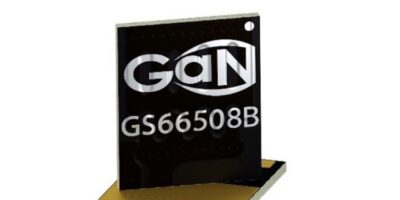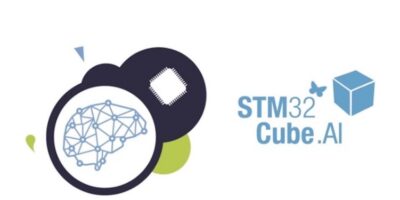Optoelectronics specialist, Osram Opto Semiconductors, and GaN power semiconductor manufacturer, GaN Systems have collaborated on laser driver technology that enables longer range and higher resolution lidar architectures.
Osram’s laser portfolio for lidar includes the SPL DS90A_3 with a peak power of 120W at 40A. The company plans to release a four-channel SMT laser in 2019. The additional channels increase the field of view (FoV) and total peak power, with each channel being capable of generating 120W.
One of the issues with lidar technology has been its inability to transmit lasers at short pulses, while maintaining high peak power, which is necessary to ensure that the lidar with a long range and high resolution is safe to the human eye. To address this need, the two companies have developed a laser driver with a one nanosecond pulse rise time, while driving all four channels at 40A each to deliver 480W peak power. This peak power can be modulated at low-duty cycles to produce high resolution 3D cloud points at long range for new lidar designs.
Scanning lidar is used in advanced driver assistance systems (ADAS). Devices react instantly to potential collisions without wasting precious seconds of reaction time. Scanning lidar creates high-resolution 3D images of a car’s surroundings and registers obstacles early enough for ADAS, or self-driving cars, to initiate the appropriate driving manoeuvres, such as braking.




 by Reuters
by Reuters
 by CNN Business
by CNN Business
